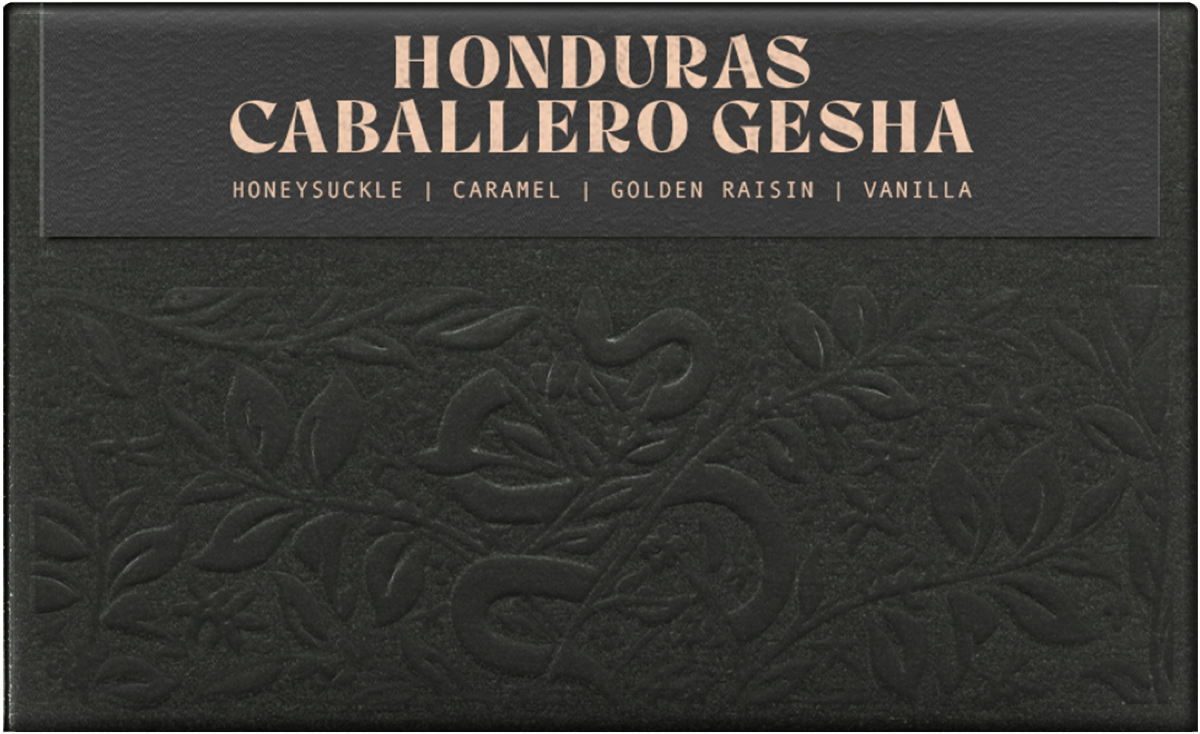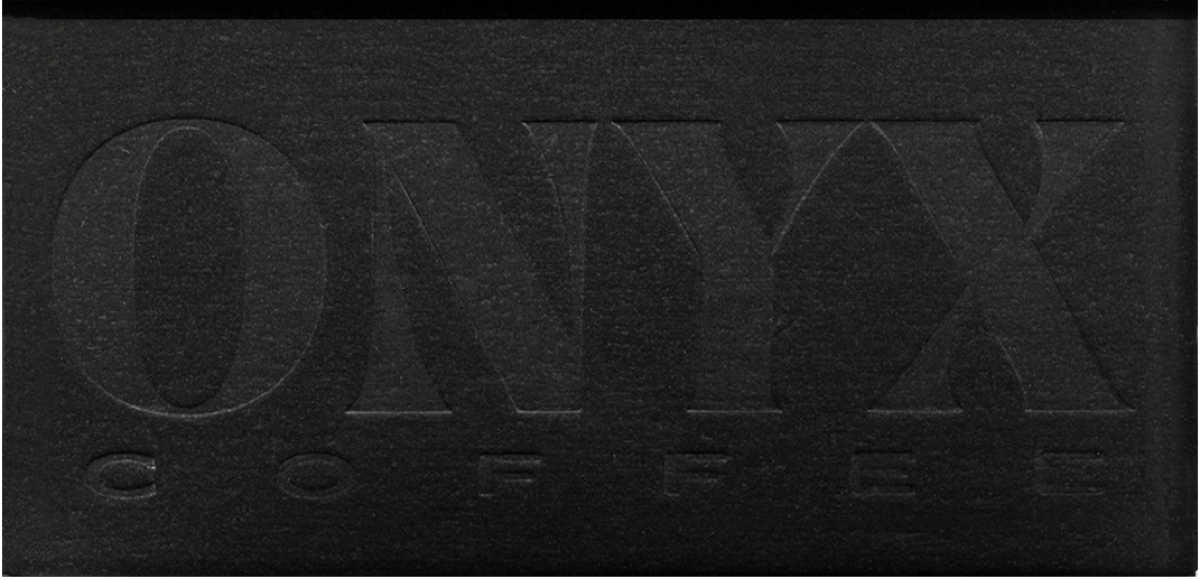Story
This coffee is the product of a marriage of Honduran history and Guatemalan coffee expertise. Twenty-nine years ago, Moises Herrera visited Honduras and met Marysabel Caballero. During his visit, he saw the ideal environment to produce high-quality coffee that Honduras provides. Four years later, Marysabel and Moises married. Over the next few decades, they have produced some of the finest coffee in La Paz, Honduras. They’ve won Cup of Excellence auctions while fetching some of the highest prices per kilo in the auction, all while innovating on a farm level and seeking sustainability. After a devastating bout of leaf rust in 2015, they turned a corner and put sustainability above all else. New techniques were implemented without the compromise of pesticides. They’ve cut down on the density of trees per hectare in order to facilitate airflow and sunlight, cutting down on the fungus and disease that proliferates in the shade. The tension of innovation and tradition is evident in the cup, simultaneously, it is a clean and citrus-laden Honduran classic… but elevated and elegant. With the implementation of African-style raised beds and shade covers, they dry their coffee in a controlled manner, yielding a delicately floral and complex coffee. We are honored to have this microlot and look forward to many more seasons of the Caballero’s coffee.
WASHED PROCESSED COFFEES
The washed process begins with coffee cherries delivered to the washing station, both from the primary market or from farmers bringing their coffee directly to the mill. The cherries are inspected, and an initial quick round of hand-sorting separates the defective coffees before placing them into the hopper. They are then funneled to the disc pulper, which removes the fruit from the seeds (beans). After that phase is done, the coffee is fermented underwater for approximately 36 hours, with the water drained and refreshed once in that cycle. Then, the parchment is emptied into the washing channels, where it is agitated with rakes. During this step, the water is refreshed twice. Once the washing is complete, the coffee is taken to raised beds to dry to approximately 11.5% moisture.
DRY MILLING
Once the coffee is picked, processed, and dried, it still has a necessary step before it's ready for export. Dried coffee, which we refer to as parchment. The final processing stage is not only to remove the dried layer of parchment from the seed, but it's also a stage in many levels of quality checks that coffee passes through in Colombia. The first stage is hulling and de-stoning, removing the parchment as well as any chips of drying beds that may have gotten into the coffee. Parchment is separated by air and used as a fuel source for other stages of milling that may require heat. Once the seeds are hulled, they're then separated by size or screen size. The screens they pass through, and the final prep size is dictated by contract specifications. From sizing, the coffees are then separated by density, as a final check that the exportable green coffee is homogeneous before it gets to the roaster. Density is separated on a densimetric table. This is a clever bit of technology that allows more dense seeds to climb up, while the less dense coffees are separated off the bottom. Density is extremely important when it comes to roasting, as less dense coffees tend to roast at a different rate than denser, leading to uneven roasts. The final stage is a visual check, done by an optical sorter. Coffee is passed at a high rate of speed through a vertical chute, where cameras capture color and visual info about the coffee, quickly separating seeds that don't meet standards with a puff of air. As technology continues to evolve in coffee, preparation gets better and better, improving cup quality by many points...



